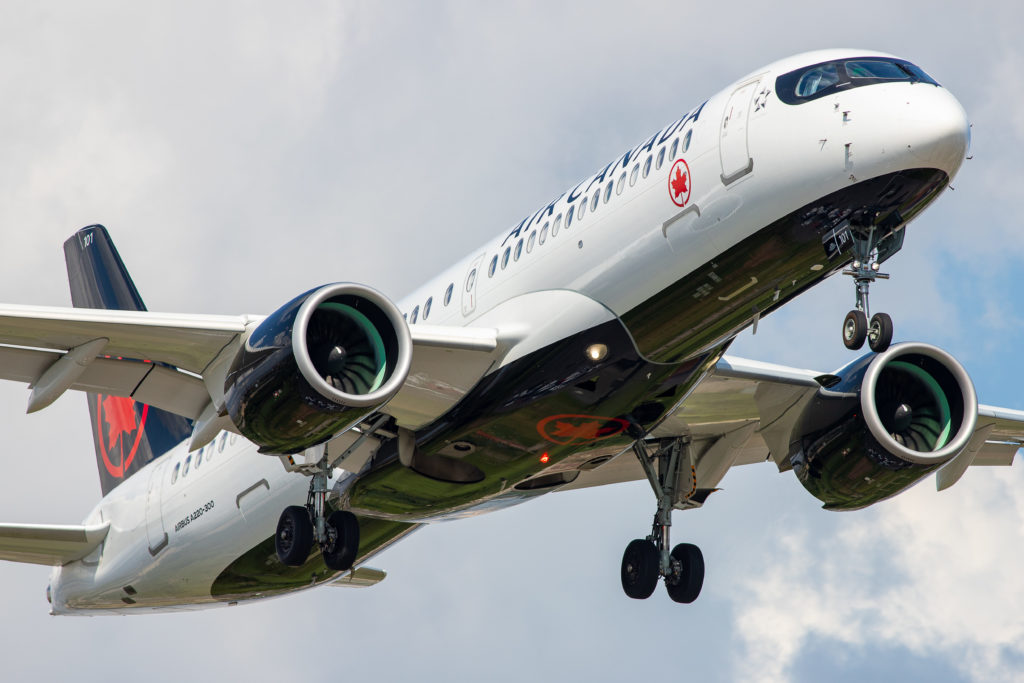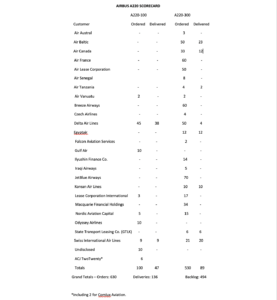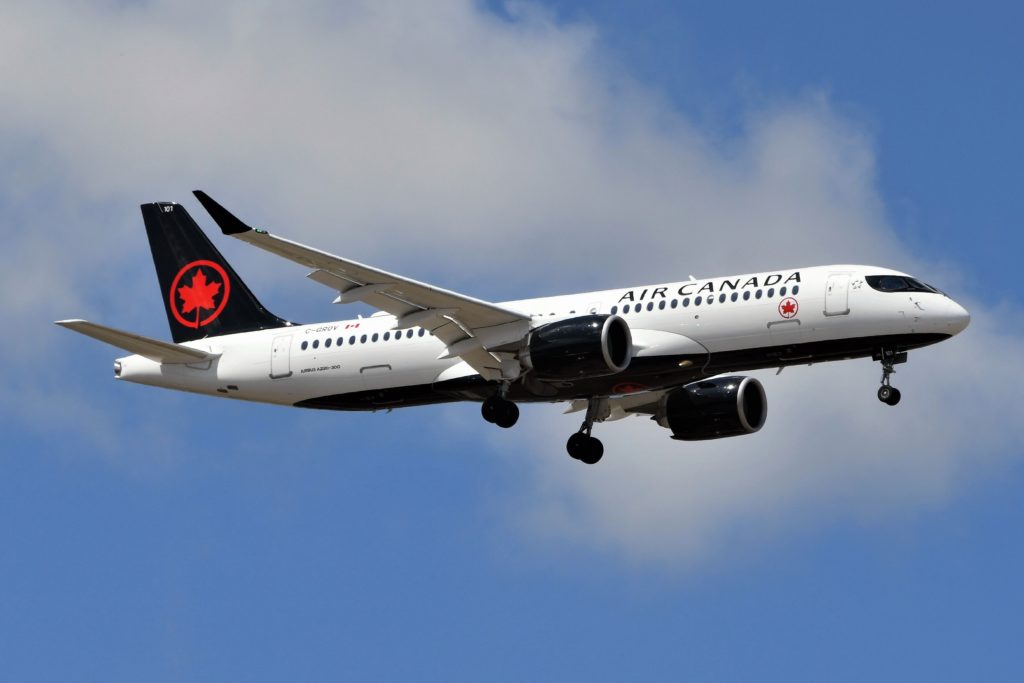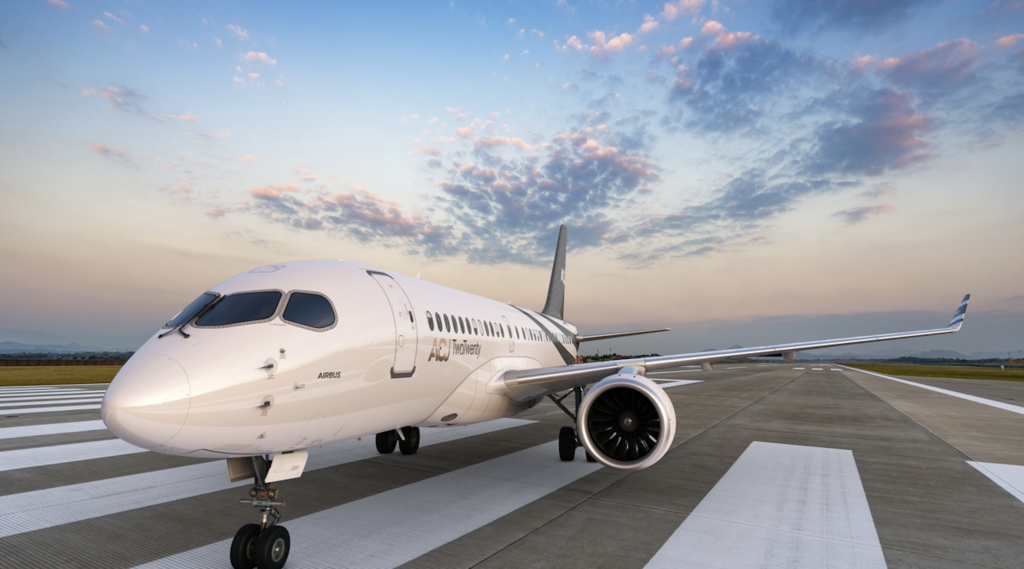Estimated reading time 14 minutes, 26 seconds.
The global airline industry began 2020 anticipating strong growth and robust profitability. With the onset of the COVID-19 pandemic, governments imposed draconian travel restrictions that included border closures and mandatory quarantines. As the contagion spread, customer confidence was crushed. This resulted in a precipitous drop in passenger traffic and devastating financial performance.

In their efforts to minimize cash outflows, airlines have been shrinking their networks by reducing frequencies on routes and dropping destinations. This has lead to the premature retirement of aircraft types, the storage of surplus airplanes, deferred deliveries of new equipment and order cancellations.
The fiscal quarter ended Sept. 30 is traditionally the most profitable for Canadian airlines. Given Air Canada’s significant position, its Q3/20 results were likely an accurate proxy for the industry’s current state of financial health. During that period, Air Canada experienced a 91 per cent decline in passenger traffic (revenue passenger miles flown) from the year-earlier quarter. Revenues were down 86 per cent year-over-year and a massive operating loss was incurred.
Despite the turmoil, the Airbus A220 family continues to grow as more units are delivered. In order to determine how the aircraft has been performing and utilized during this perilous period, Skies approached three airlines that have played key roles in the aircraft’s short history: Swiss International Air Lines, the first carrier to fly both the A220-100 and the larger A220-300; airBaltic, the first airline to standardize its fleet on the type; and Air Canada, the first Canadian customer to operate the homegrown design.
Swiss International Air Lines
On June 30, 2016, Swiss International was the first customer to take delivery of an A220-100. It received its first A220-300 on May 27, 2017, and thus became the first airline to operate both variants. Today, it has nine A220-100s and 20 A220-300s.
Marco Lipp, a Swiss spokesperson, told Skies that all 29 of its A220s have been flying throughout the pandemic. He noted that since the current winter timetable has approximately 25 per cent less capacity than that of 2019, the A220 fleet’s daily utilization is “roughly four hours per aircraft.” As for the dispatch reliability, he said it has “increased constantly and has reached our internal target.”

Asked what the A220’s most important attribute during the pandemic has been, Lipp said, “Flexibility to fly short and mid-long routes in combination with a good short-field performance, and the unmatched efficiency, which allows us to keep our routes open.”
Regarding stage lengths, Swiss has been using its A220-100s on routes as short as Zurich-Geneva (125 nautical miles) and as long as Zurich-Lisbon (930 nm). The larger A220-300 has also flown the Zurich-Geneva hop, as well as longer routes including Zurich-Kiev (900 nm) and Zurich-Moscow (1,190 nm).
In an effort to lower operating costs, Swiss said its short- and medium-haul flights during the 2020/21 winter period “will be operated solely with its more efficient Airbus A220 fleet and its new-engine-option or ‘neo’ Airbus A320 and A321 aircraft.” This strategic move is a resounding confirmation of the airliner’s key attributes.
airBaltic
The Riga, Latvia-based carrier was the first customer to receive an A220-300 when it was delivered on Nov. 29, 2016. Four years later it has 23 units and has been operating all of them during the pandemic. Before COVID-19, airBaltic had been operating its A220s on both short runs such as Riga-Tallinn (152 nm) and on its longest route, Riga-Abu Dhabi (2,360 nm). Daily utilization had been as high as 18 hours.
The pandemic has forced many of its longer services to be curtailed. For example, in October 2020 the airline operated 51 routes – 27 per cent fewer than the 78 flown during the same month in 2019. This November, the longest scheduled route flown was Riga-Reykjavik (1,410 nm). The longest distance covered by an airBaltic A220 during the pandemic was the 2,460 nm between Riga and Urumqi, People’s Republic of China. Three special cargo missions were flown back in March and April to collect face masks and respirators.

For airBaltic, the most important feature of the A220-300 during the pandemic has been the aircraft’s high efficiency particulate air (HEPA) filter system. “The quality of cabin air is carefully controlled and is recirculated 20-30 times per hour.”
Since May 18, 2020, airBaltic’s fleet has been standardized on the A220-300. With another 27 on order and options for an additional 30, the carrier could potentially have 80 in service later this decade. A return to pre-COVID-19 economic conditions would likely have to exist.
“The A220-300 has performed beyond the company’s expectations, delivering better overall performance, fuel efficiency and convenience for both passengers and the staff,” airBaltic’s corporate communications team said.
Air Canada
The Canadian flag carrier took delivery of its first A220-300 on Dec. 23, 2019. Its first revenue flight followed on Jan. 16, 2020. Since then, the company has operated more than 4,000 scheduled flights with the type. Its 12th example was delivered on Nov. 20, and an additional three are due by the end of 2020.

During the pandemic, Air Canada has been operating all of its A220-300s. Typical daily utilization has ranged between nine and 10.5 hours. Kevin O’Connor, Air Canada’s vice-president of system operations control, said the aircraft have been “operating up to expectations,” and the type’s “right size and range capability” have been the most important attributes during this extraordinary period.
The carrier’s BCS3s have been deployed on shorter routes such as Montreal-Toronto (275 nm); Halifax-Toronto (700 nm) and Winnipeg-Toronto (815 nm). They have also been stretching their legs on longer domestic runs including Toronto-Edmonton (1,455 nm), Montreal-Calgary (1,625 nm) and Toronto-Vancouver (1,810 nm).
Air Canada had originally ordered 45 units, but the pandemic has caused the company to cancel 12 of those. It had planned to have 33 units in service by then end of 2021, with another 18 arriving during that year. Now, 12 are to be delivered through 2021, with the final six due by November 2022.
A220 Demand vs Supply
On Oct. 22, Airbus delivered the first A220 produced at its Mobile, Ala., facility. The aircraft, an A220-300, was the first of 50 for Delta Air Lines. Delta became the second carrier to operate both A220 variants, as it also has received 38 of the 45 A220-100s it ordered.
In its Q3/20 financial report, Delta mentioned that it had restructured its Airbus order book “in an effort to better match the timing of aircraft deliveries with our network and financial needs.”

These deferrals, along with the previously mentioned deferrals and cancellations by Air Canada, have affected the Airbus operations. Prior to the pandemic, the Airbus plant at Mirabel, Que., was producing four A220s per month on its two final assembly lines. In response to the airline industry’s contraction, the rate has been reduced to three units per month. Airbus Canada spokesperson Annabelle Duchesne told Skies, “This rate adaptation is necessary given that the crisis is deepening and recovery is being pushed out.”
Meanwhile, the facility at Mobile is set to produce one unit per month for the foreseeable future. Longer term, the expectation remains for A220 production to eventually ramp up to the maximum rate of 10 units per month at Mirabel and four per month at Mobile.
Powerplant Progress
On Oct. 25, 2019, Transport Canada issued an emergency airworthiness directive (AD) that ordered the A220’s Pratt & Whitney PW1500G engines to be limited to 94 per cent of maximum thrust above 29,000 feet. Air Canada had not been operating its BCS3s above Flight Level 290 since then.
Thankfully, Pratt & Whitney recently released a software update that automates the existing PW1500G manual engine rotor speed limits. This replaced the previously issued AD that had mandated the manual engine rotor speed limitation.
Now, Air Canada’s A220s are flown at altitudes up to 37,000 feet, where they experience improved fuel efficiency and can take advantage of cooperative winds.
Pinstriped Performer
Despite being in the midst of a global pandemic that is wreaking havoc on the commercial airline industry, Airbus recently introduced a corporate jet version of its smallest airliner. Named “ACJ TwoTwenty,” the new variant is targeted at what the airframer refers to as the “Xtra Large Bizjet” market segment. It is essentially an A220-100 with five supplemental fuel tanks that should enable the aircraft to travel 5,650 nm during half a day.

The cabin’s 786-square-foot floor space can be customized to include six zones that could be configured with lounges, meeting spaces and a private stateroom. When fully furnished, the unit price of this special aircraft will likely be approximately US$70 million. Comlux Aviation of Zurich will be completing the first 15 examples at its facility in Indianapolis, Ind. So far, six orders have been received for the ACJ TwoTwenty, including two from Comlux Aviation.









Great stuff T